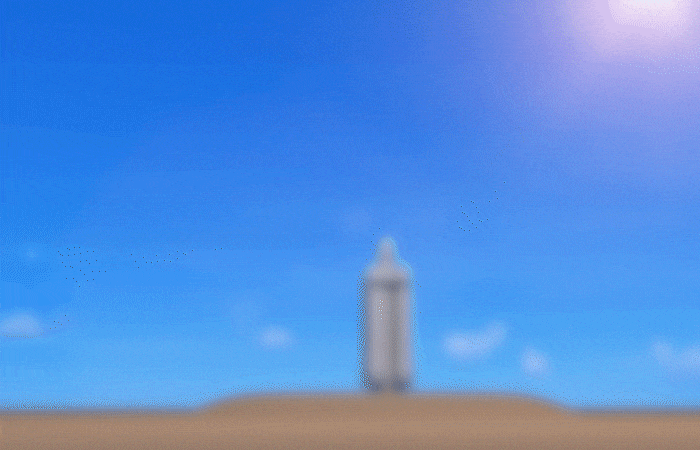Countdown for Chandrayaan-3: India’s third moon mission to begin soon
 |
| Chandrayaan-3 Launch Countdown |
The countdown for the July 14 afternoon launch of India’s third shot at the moon-Chandrayaan-3 will begin at 1.05 p.m., said a senior official of the Indian space agency. The Chandrayaan-3 spacecraft will be carried by India’s heavy-lift rocket, the 642-ton LVM3. At 2.35 p.m. on July 14, the three-stage LVM3 rocket will blast off from the second launch pad at Satish Dhawan Space Centre at Sriharikota rocket port in Andhra Pradesh. The lander carried by the spacecraft is expected to make a soft landing on the moon on Aug 23 or 24.
The third moon mission is a follow-up to the failed Chandrayaan-2 mission in 2019 when a lander named Vikram crashed onto the moon's surface.
Research and manoeuvring on the moon are main objectives of Chandrayaan-3
The Chandrayaan-3 mission sets off on July 14, aiming to soft-land on the moon’s surface and manoeuvre a robotic rover there. The moon landing also aims to explore and study elements present on the moon.
Ins and outs of the journey to the moon
During the countdown process, the liquid and cryogenic stages will be fueled up and the rocket systems checked. While the first stage of the rocket is powered by solid fuel, the second stage is powered by liquid fuel, and the third and final stage consists of a cryogenic engine powered by liquid hydrogen and liquid oxygen.
At the time of blastoff, the 642-ton rocket will have a total propellant mass of 553.4 ton-all three stages put together. Just over 16 minutes into its flight, the rocket will eject the Chandrayaan-3 spacecraft at an altitude of about 179 km. After that, the Chandrayaan-3 will begin its long moon journey of about 3.84 lakh km.
The Chandrayaan-3 spacecraft comprises a propulsion module (weighing 2,148 kg), a lander (1,723.89 kg), and a rover (26 kg), according to the Indian Space Research Organisation (ISRO). The main purpose of Chandrayaan-3 is to safely land the lander on the moon’s soil. Following that, a rover will roll out to do the experiments. The life of the payload carried by the propulsion module post-ejection of the lander is between three and six months.
The Indian space agency said the moon mission is divided into three phases: the earth-centric phase, the Lunar Transfer phase, and the moon-centric phase. During the first phase, India’s heavy-lift rocket, standing 43.5 metres in height and weighing 642 tons LVM3, will carry the Chandrayaan-3 spacecraft. The rocket has an impeccable record of six consecutive successful missions, and this is its fourth operational flight.
Counting down India’s hopes in Chandrayaan-3
As regards the changes made in the lander this time as compared to the one that crash-landed on the moon during the Chandrayaan-2 mission, a senior ISRO official stated that the lander has four motors instead of five. The space agency has also made some changes to the software. Interestingly, ISRO is silent on naming the lander and rover this time around. During the Chandrayaan-2 mission, the lander was named ‘Vikram’ and the rover was named ‘Pragyan’.
(Source: IANS)
For more such updates and news on the go, follow us on

